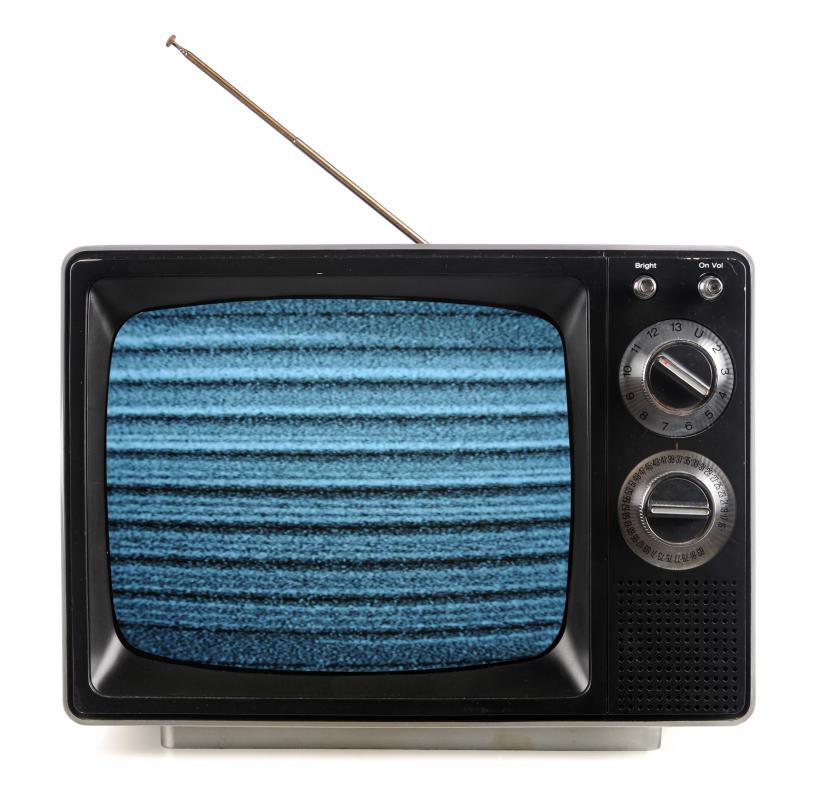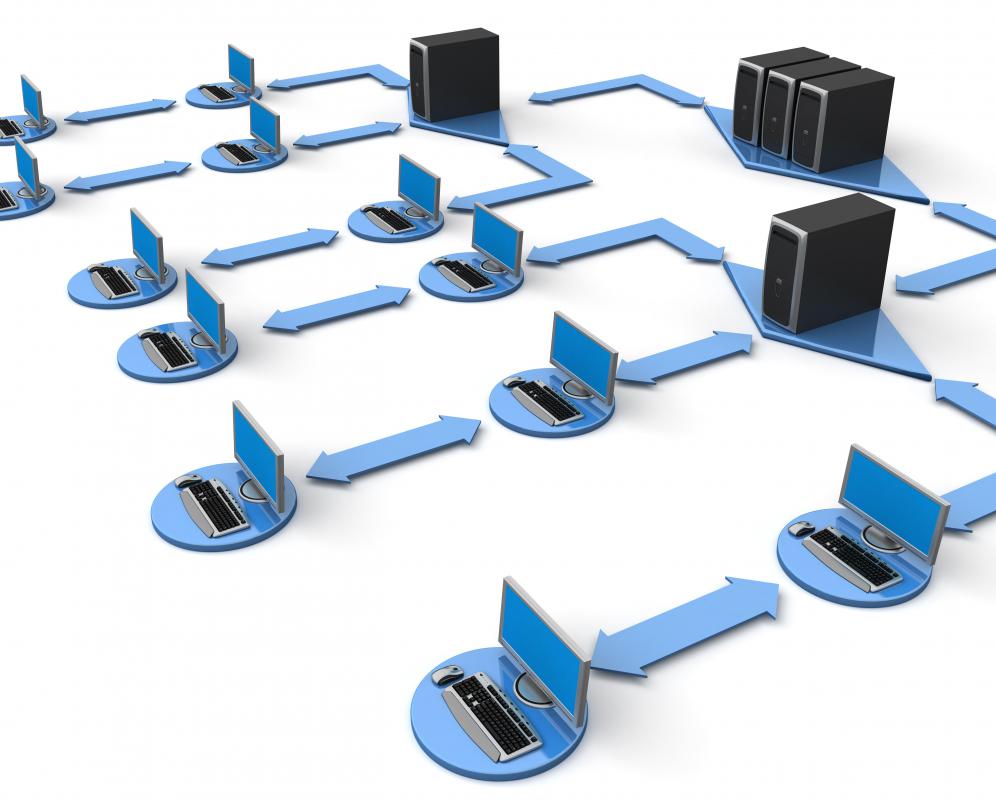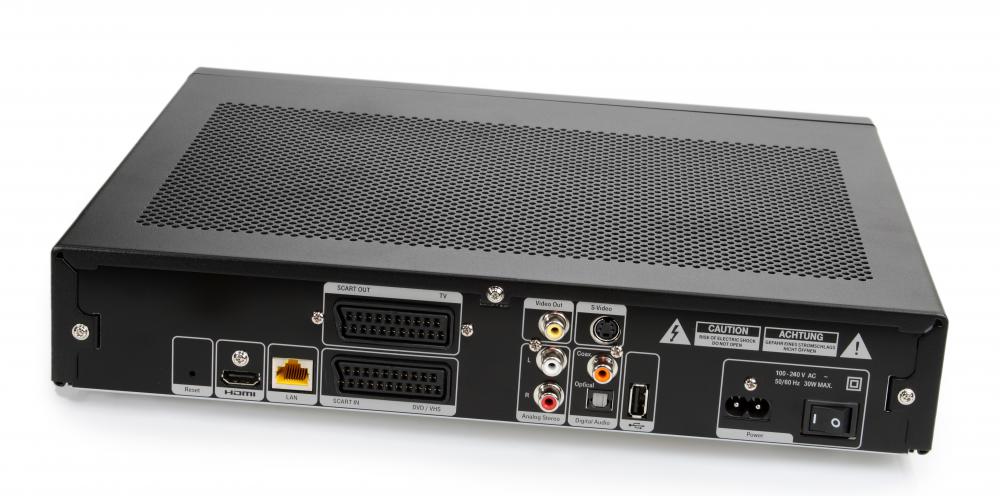What Is a Digital Signal?
A digital signal is a way of transmitting data that converts the data to discrete values, usually based on the binary code that computer systems work upon, which consists of packets of information coded as strings of ones and zeros. Using digital signaling allows for an accurate and nearly identical copying of certain types of information like numbers, letters, or the individual pixel colors that make up images, and this information can be stored without long-term degradation of its quality. Where digital signal conversion occurs from what is originally an analogue signal, however, such as with music or other natural wave forms, the end result is only an approximation of the original analog signal and some quality in digital format may be lost.

While analog signals are based upon natural processes that utilize the electromagnetic wave forms by which electricity and light are transmitted, digital signal processing requires a digital signal converter. A modulator-demodulator (modem) is such a device. It receives analog signals either from air wave transmissions or telephone lines, and converts them to digital signals that a computer or modern digital television can display as useful information.
Analog signal transmission has been a common form of transmission in technology since the 1800s, but, as of 2007, it is estimated that over 94% of stored and transmitted information has become digital world wide. This is up from only 3% for digital storage in 1993, and the reasons given for switching to digital signal transmissions is often one of capacity and noise. Analog signals can only be transmitted within a defined range for wavelengths, and, when the signal reaches outside this range or is interfered with by other analog signals along similar wavelengths, distortions and noise can degrade the value of the signal.

Since digital signals are based upon a discrete on/off transmission principle, they have far less susceptibility to corruption over long distances. A digital signal can also be broken up into separate packets of information known as computer bytes and sent individually to a destination where they are reassembled. This allows for a much more efficient means of transmitting data along randomized networks such as that of the Internet, and it also increases the speed of data transmission over all.
One of the main drawbacks to a digital TV signal or digital cable signal, for instance, is that it is an artificial reproduction of the original data, whereas an analog signal starts out as an exact copy of the original. As a digital signal is translated by multiple devices, encoded as analog and decoded as digital, and reassembled at the end point, quality in the reproduction can be lost. This is due to the fact that digital signals are often copies of copies of copies, and, in the process, approximations must be made by technology to replicate what the original signal was. Wireless digital transmissions can also be corrupted by other wireless activity in the area or radio signals that interfere with them, though this tends to be less of a problem than signal corruption in over the air analog transmissions.

No comments:
Post a Comment